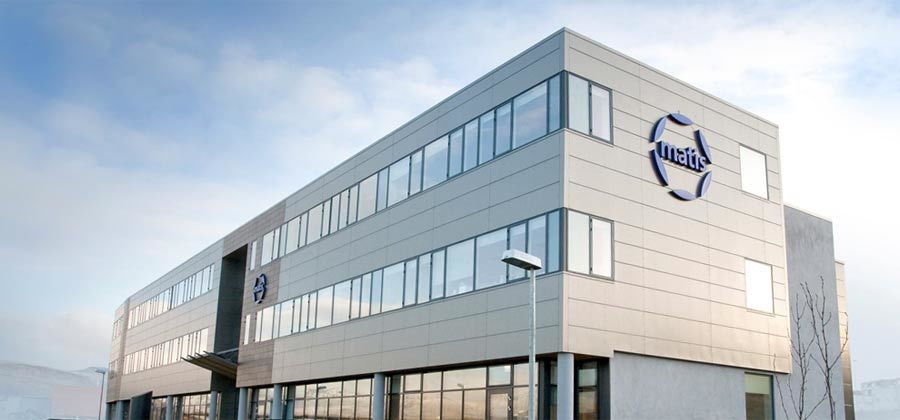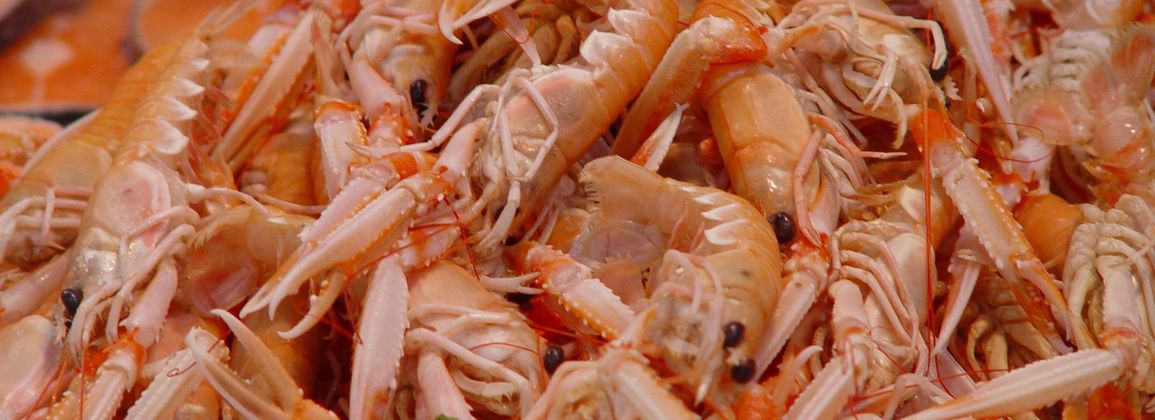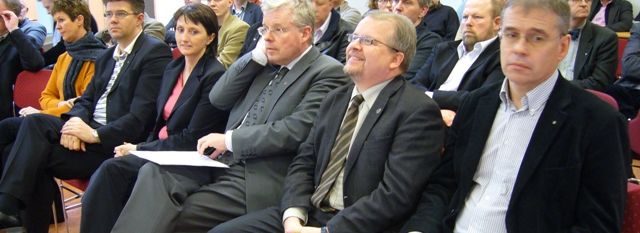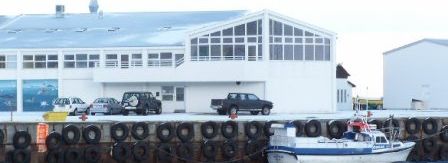Dried fish as a health food
The main goal of the project was to obtain basic information about the properties of Icelandic dried fish and that the information would be open and thus to the benefit of all dried fish producers in Iceland. The main conclusion of the project is that dried fish is a very rich protein source with 80-85% protein content. The amino acids were measured and compared with amino acids in eggs. Dried fish proteins proved to be of high quality. These results support the marketing of dried fish, both as a healthy and national food. It is important to look at the salt content of dried fish better and try to reduce it to increase the health of dried fish, especially in hot-dried dried fish as it turned out to be much higher than in other dried fish. Measurements of trace elements showed that their amount in dried fish is well within limits compared to the recommended daily allowance (RDS) outside selenium. Its amount in 100 g is three times the recommended daily dose. However, it is not considered harmful in any way.
The main object of this project was to establish information of the quality of Icelandic dried fish, which could benefit producers in Iceland. The main results showed that dried fish is a very rich source of proteins, containing 80-85% protein. Amino acids were measured and compared with amino acids in eggs. The conclusion was that proteins in the dried fish were of high quality. This supports the marketing of dried fish in the health foods and traditional food markets. However, it is important to analyze better the salt content in dried fish and find ways to reduce it to improve balanced diet in dried fish, especially for indoor produced dried fish, where the salt content is rather high. The trace elements in dried fish were found to be minimal, except for selen, where the content was threefold the recommended daily allowance (RDA). This is not, however, hazardous for people in any way.













